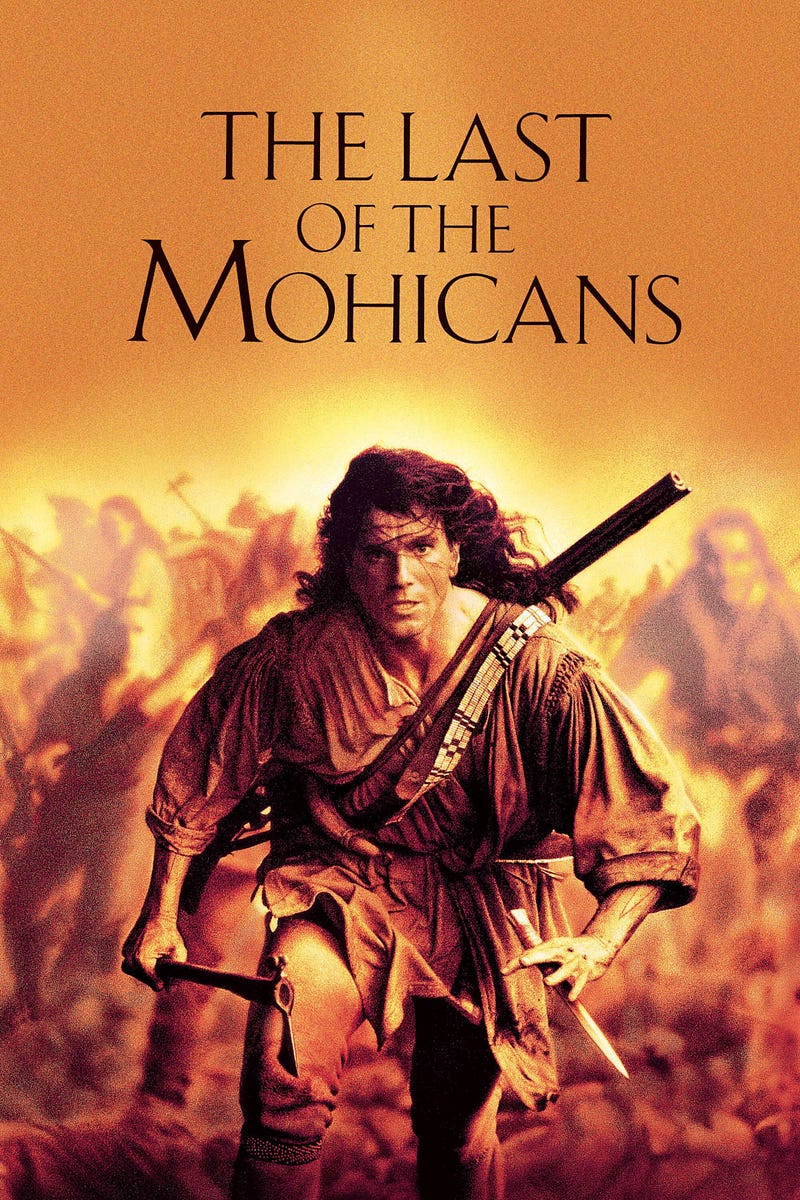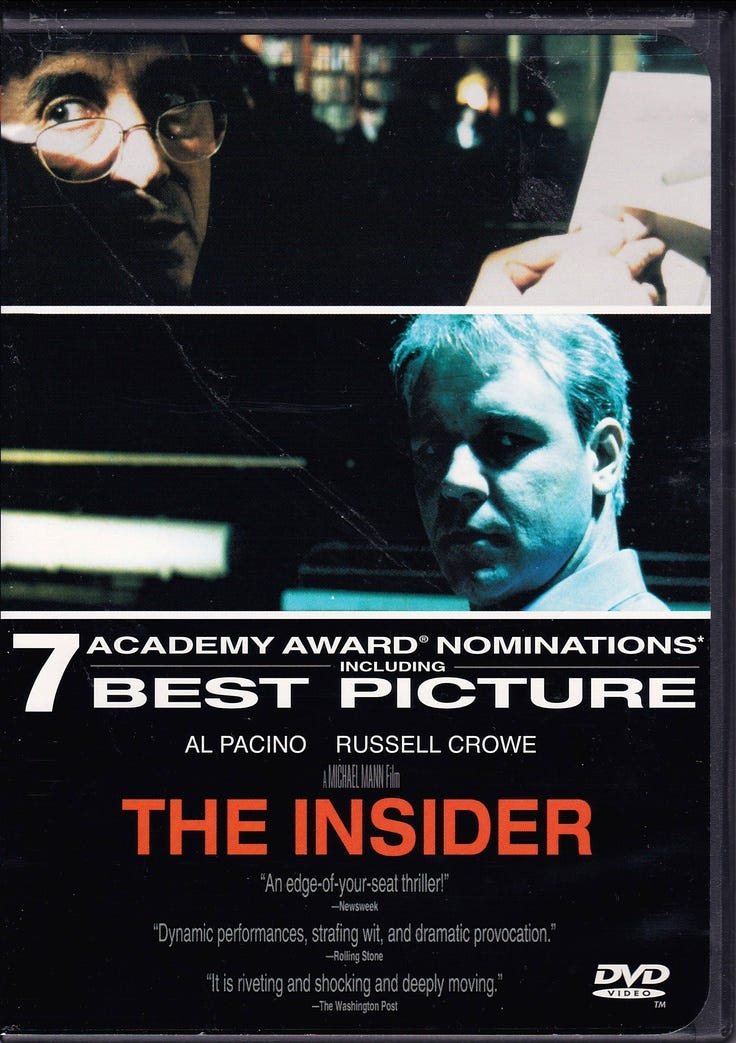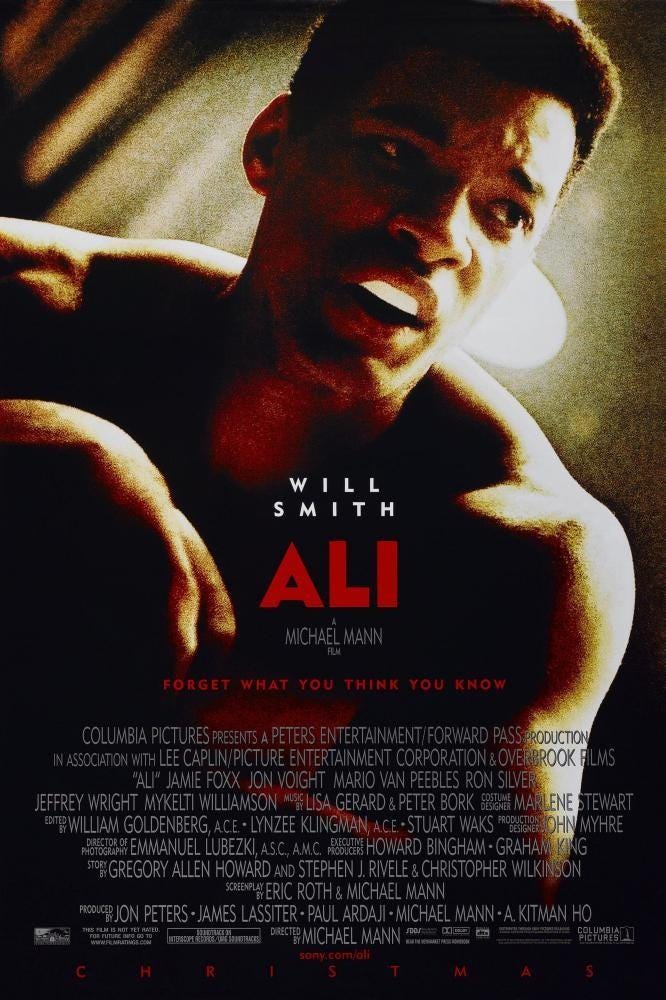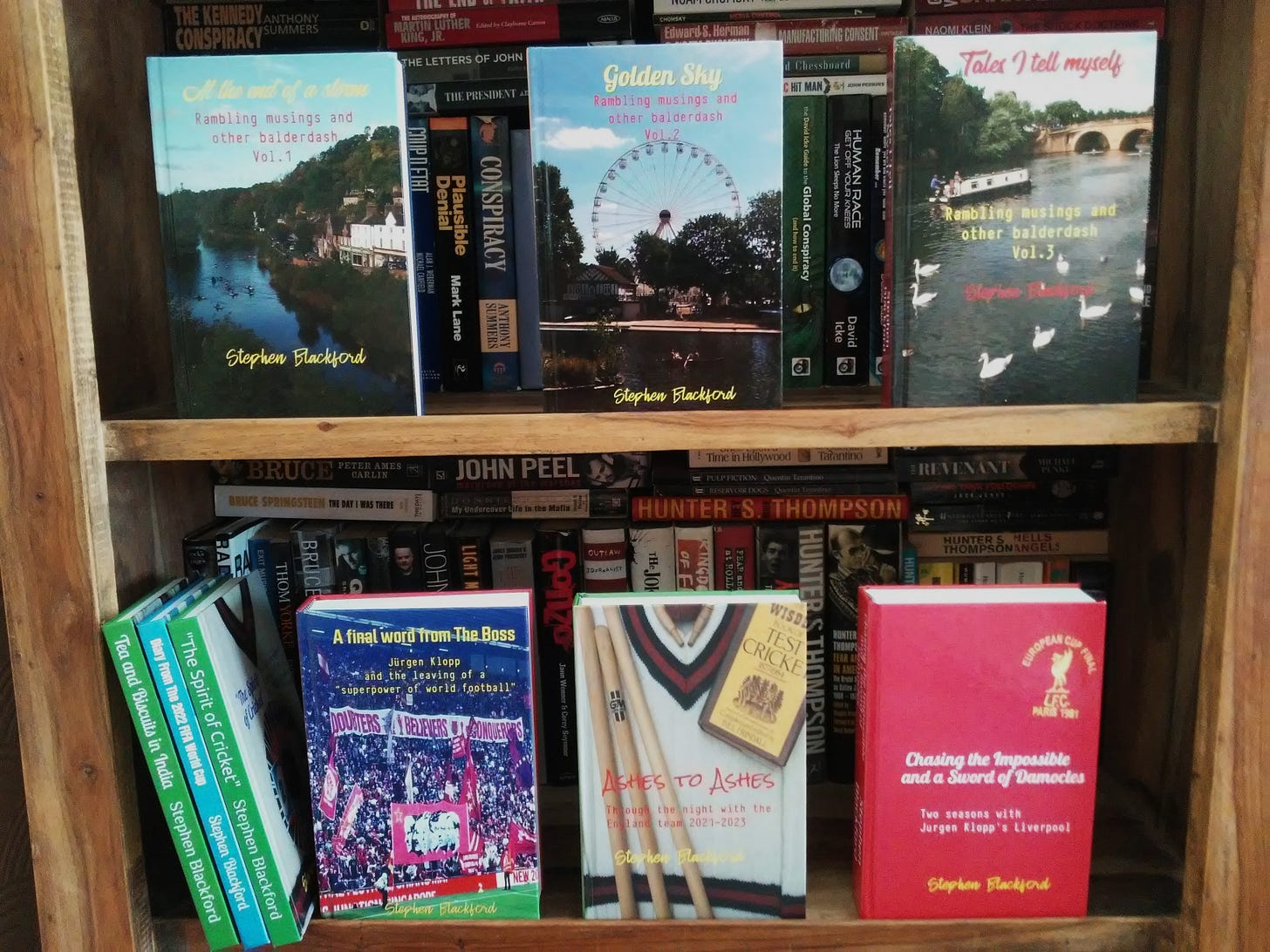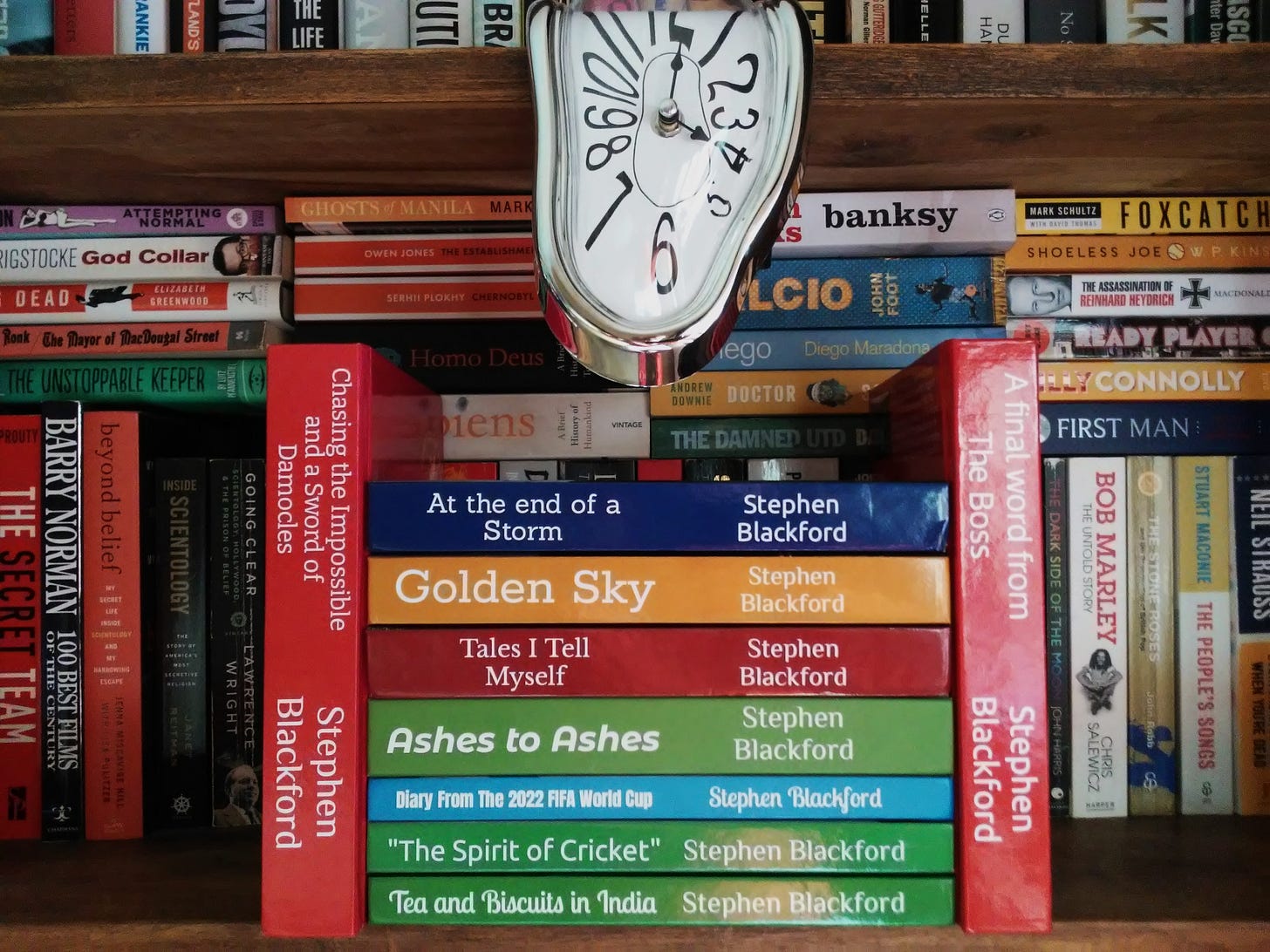Heat (1995) — Read Along
“You never wanted a regular type life?”. “What is that? Barbecues and ball games?”
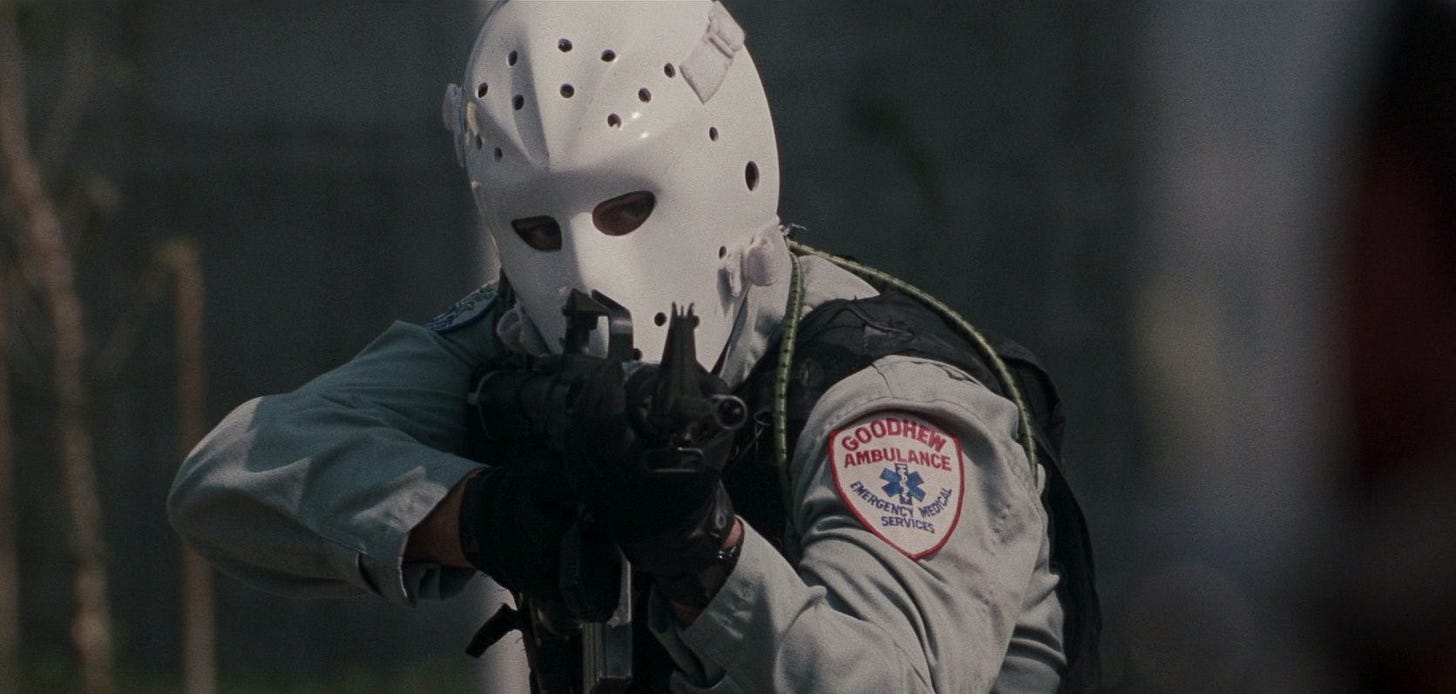
“It’s just you and me. It’s just me and you. And I’m just larking around in front of a video camera”. So says the strange looking weirdo in the video below should you wish to join in with the ethos and spirit of my “Read Along” series of favourite films and believe me, this Michael Mann masterpiece is right up there with the very best of all time.
“Have no attachments. Allow nothing to be in your life that you cannot walk out on in 30 seconds flat if you spot the heat around the corner”.
With typical Michael Mann understated and minimal opening credits, it’s interesting to immediately note that both Robert De Niro and Al Pacino are noted jointly as top billing, and rightly so. However, it’s De Niro who enters the screen first after another typical Mann style opening, gentle, stylised and glossy as a train passes the camera and into the station.
“Neil McCauley” (Robert De Niro) is introduced via a slow motion panning camera shot, however this is quickly replaced as we follow his frenetic edited walk through a hospital to his ultimate goal, to steal an ambulance. We’re briefly introduced to “Lieutenant Vincent Hanna” (Al Pacino) however this is brief and we’re back to McCauley’s “tight crew” of robbers.
Val Kilmer is excellent, if a little underused, as “Chris Shiherlis”, Tom Sizemore similarly as “Michael Cheritto” and cameos from Danny Trejo as “Trejo” and Kevin Gage as “Waingro” make up McCauley’s team. Donning hockey masks we follow their pursuit of their first target, a bank securities vehicle carrying valuable bearer bonds. A brutal and bloody heist later, and the first of many, welcomes you to Michael Mann’s “Heat”.
With a tight screenplay again penned by Mann himself and his regular partnership with Director of Photography Dante Spinotti intact, this all time classic is a brilliantly layered piece of cinematic history. Far more than a genre shoot out/heist film, familial breakdowns, intrigue, suspense and friendship are all on show, and showcased by acting talents at the very peak of their careers. My favourite Michael Mann film which all these years since it’s initial release has not aged a day and is a true master class in film making.
A male dominated film, yet the female leads and supporting roles deserve a special mention. Amy Brenneman plays “Eady” and Neil McCauley’s muse, with a gentle, yet heart breaking style, with Diane Venora as Vincent Hanna’s wife “Justine” the opposite: tough, hardened and seeking more from her husband. Special praise for yet another great performance from Ashley Judd as “Charlene Shiherlis”, similarly for a young Natalie Portman as “Lauren” who as long ago as 1995 added another superb acting credit to her young career. In addition to the all star cast already named there are also further supporting and cameo roles from a superb as always Jon Voight as “Nate”, Mykelti Williamson as “Sergeant Drucker”, Dennis Haysbert as “Donald Breedan” and William Fichtner as “Roger Van Zant”.
Jeremy Piven, Tone Loc and a returning Tom Noonan are also notable cast members in minor cameo roles.
The film is renowned and celebrated for two short key scenes within its glorious length of nearly three hours. So without further ado, my amateur treatment of those key scenes:
“Face to Face”
With the first introduction of a distinctive music track (Moby’s “New Dawn Fades”) as a thumping prelude, Vincent Hanna pursues Neil McCauley until, flashing him down and briefly speaking at the roadside, both the Lieutenant and his prey go for a coffee. Going down as one of recent cinema’s most iconic moments, Robert De Niro and Al Pacino share screen time for the first time in a short six minute scene and as with a number of scenes throughout the film, this scene in particular is based on real life events as thoroughly researched by the Director leading up to the making of the film.
Shot in a regular, busy diner with four camera angles in total. A long shot across each other’s shoulders, plus a similar but tighter zoom shot. The scene is edited far longer than usual, allowing both actors to breathe and play out their, at times, jovial conversation. Despite the positions each other hold in the film, the conversation veers from their respective histories, to family, their dreams and aspirations, even their respective failings. Most of their conversation is known to the other, yet they play their “parts” straight, not wanting to give away valuable insights and yet, they are playful at times, smiling (sometimes wryly) at each other. Pacino’s Hanna rarely looks away from De Niro’s McCauley, however De Niro stares at Pacino the entire time, never averting his gaze.
Hanna: “You never wanted a regular type life?”
McCauley: “What is that? Barbecues and ball games?”
Hanna: “I don’t know how to do anything else”
McCauley: “Neither do I”
A gem of a scene.
“The Bank Heist”
Walking out of a seemingly successful bank robbery, we are about to see seven minutes of pure Michael Mann genius. Unaware of the Police moving in, smiles abound in the getaway car from McCauley, Michael Cheritto and the newly acquired driver however Van Kilmer’s Chris Shiherlis smile is replaced with concern and repeated gun fire as the gang come under attack. A ferocious gun fight ensues, the most bloody and violent of the film, with Mann quickly moving the camera(s) in all directions and with quick editing disorientating the audience. Trying to make their escape leads to two further iconic Mann shots, of the getaway car and it’s occupants firing in all directions, and McCauley, seeing danger ahead firing ferociously through the wind shield in slow motion.
With the getaway driver killed, the gang try to make their escape on foot against a backdrop of a wall of police cars in one direction and Pacino’s Hanna running at them from the other. With frenetic editing between all main characters and close ups of their running battles, the scene continues at a pace with a constant fire fight, and the camera(s) again seemingly right in the middle of the action. Chris is downed with a shot to the shoulder and McCauley comes to his aid, and firing their way through the remaining police lines, there is a brief lull in the fire fight.
During this very brief lull in the gun fight the camera pans around at a scene of utter carnage and destruction, dead and injured police officers litter the street and police cars riddled with bullets are scattered everywhere. McCauley and Chris try to make their escape, now with Hanna in pursuit. Making their way through a busy car park and McCauley holding off the police, they make their escape and we quickly cut to Tom Sizemore’s Michael doing likewise. Using a child as a human shield he attempts to make his escape, still on foot but in the other direction, however he is quickly tracked down by Hanna and shot through the head, bringing the seven minute, breath taking scene to a close.
This masterpiece is far more than a brutal shoot out. All these years on it still looks as fresh and as engaging as ever, and a genuine piece of cinematic art. Director of Photography Dante Spinotti deserves enormous credit alongside his Director Michael Mann for so many iconic scenes not already noted in this brief appraisal. In addition to the two brief scenes and brief opening noted there is a further two and a half hour film scattered in between of true genius. As well as bringing life to so many iconic scenes there are numerous more subtle touches brought to the film by Mann and Spinotti. The blue scenes of McCauley’s apartment are superb and blend together with other colour themes throughout all of Mann’s films. There are many night time scenes throughout, of wide panning shots of the city from helicopters and always a constantly moving camera and sharp edited camera angles from multi cameras.
As with all classic films, “Heat” is accompanied throughout by a pulsing, throbbing musical score from Elliott Goldenthal and a brilliantly eclectic choice of music tracks from Moby, Brian Eno, Passengers, Lisa Gerrard and William Orbit to name but a few. The soundtrack to the film is highly recommended.
A film that endures over time and still looks as pinpoint and vivid today as it did when I first watched it in 1995.
“Heat” can also be found among many hundreds of spoiler free film reviews within my “Essential Film Reviews Collection” on Amazon and should you have an Amazon Kindle “Unlimited” package all 7 extensive volumes can be read for free. Whilst following the link below to my Amazon page, feel free to be tempted by these nine self-published books too!
"The Essential Film Reviews Collection" Vol.7 - link to Amazon
Thanks for reading. I hope this message in a bottle in The Matrix finds you well, prospering, and the right way up in an upside down world.





